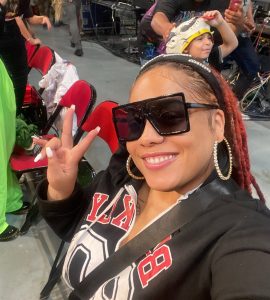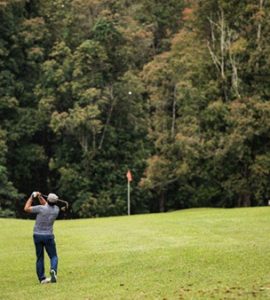 Posted On
Posted On
What Is the Purpose of a Block Center of Intervention?
 Posted On
Posted On
In the world of education, child development, and recreational therapy, the term “block center” refers to more than just a pile of wooden shapes. A block center of intervention is a thoughtfully designed space—often within schools, therapy centers, or indoor recreational facilities—where children and youth engage in structured, play-based learning and motor-skill development. But what exactly is the purpose of such a space, and how does it serve kids and communities?
Let’s explore the concept, its benefits, and how it connects to environments like Vertical Bloc centre d’escalade intérieur montréal, where climbing and movement intersect with education and intervention.
Defining a Block Center of Intervention
A block center of intervention is a hands-on, interactive learning area designed to promote:
- Physical development
- Cognitive growth
- Emotional regulation
- Social interaction
- Creative expression
Originally used in preschool and early elementary classrooms, block centers are now widely adapted in occupational therapy, physical therapy, and inclusive education programs. These environments offer safe, manipulable materials—like foam blocks, climbing shapes, and balance beams—that encourage movement, exploration, and problem-solving.
In advanced setups, a block center may include climbing walls, modular foam structures, ramps, and soft mats, all configured to support developmental goals.
Core Purposes of a Block Center
1. Promoting Gross and Fine Motor Skills
Children develop motor coordination through active movement. Climbing, crawling, building, and balancing all require the use of large muscle groups and fine motor control. Block centers provide a safe and stimulating environment where these skills naturally develop through play.
This is especially important for children with developmental delays or motor coordination challenges, as they benefit from repeated practice in an encouraging setting.
2. Encouraging Creative and Spatial Thinking
When kids engage with blocks and physical structures, they explore concepts like balance, symmetry, and spatial awareness. This lays the groundwork for more advanced skills in math, engineering, and architecture. Building and rearranging block structures help children develop planning, sequencing, and cause-effect reasoning.
3. Supporting Emotional Regulation and Sensory Needs
Physical movement plays a crucial role in managing energy and emotions. Block centers often include sensory-friendly materials that allow kids to decompress or re-energize. These spaces are particularly beneficial for children with ADHD, autism spectrum disorder (ASD), or sensory processing issues.
The physical exertion involved in moving and climbing can calm overstimulated nervous systems, improving focus and mood.
4. Enhancing Social and Cooperative Skills
Block centers naturally encourage teamwork. Children often collaborate to build structures, create obstacle courses, or play out imaginative scenarios. This shared activity fosters communication, turn-taking, and conflict resolution—key components of social-emotional development.
Group-based block play can also bridge gaps in social confidence, offering non-verbal ways for children to engage with peers.
5. Offering Therapeutic Intervention Through Play
In occupational and physical therapy, block centers serve as intervention zones where therapists guide children through targeted exercises. These sessions are tailored to individual needs, whether it’s improving core strength, enhancing balance, or developing bilateral coordination.
Because the activities are disguised as play, children often show greater motivation and engagement compared to traditional therapy formats.
Integration Into Recreational Environments
Facilities like Vertical Bloc centre d’escalade intérieur montréal blend recreational climbing with intervention-minded design. These centers provide opportunities for children and teens to interact with their environment in ways that support both physical fitness and developmental therapy. By incorporating modular climbing blocks, adjustable challenges, and inclusive programming, such spaces make movement-based learning accessible and enjoyable for all.
Conclusion
A block center of intervention is more than a playground—it’s a purposeful environment designed to support whole-child development through movement, creativity, and collaboration. Whether used in therapy, education, or recreation, these centers foster critical skills in a fun, low-pressure setting. As seen in climbing-focused facilities and educational programs, block intervention spaces offer a meaningful way to support children of all abilities on their journey toward growth and independence.







